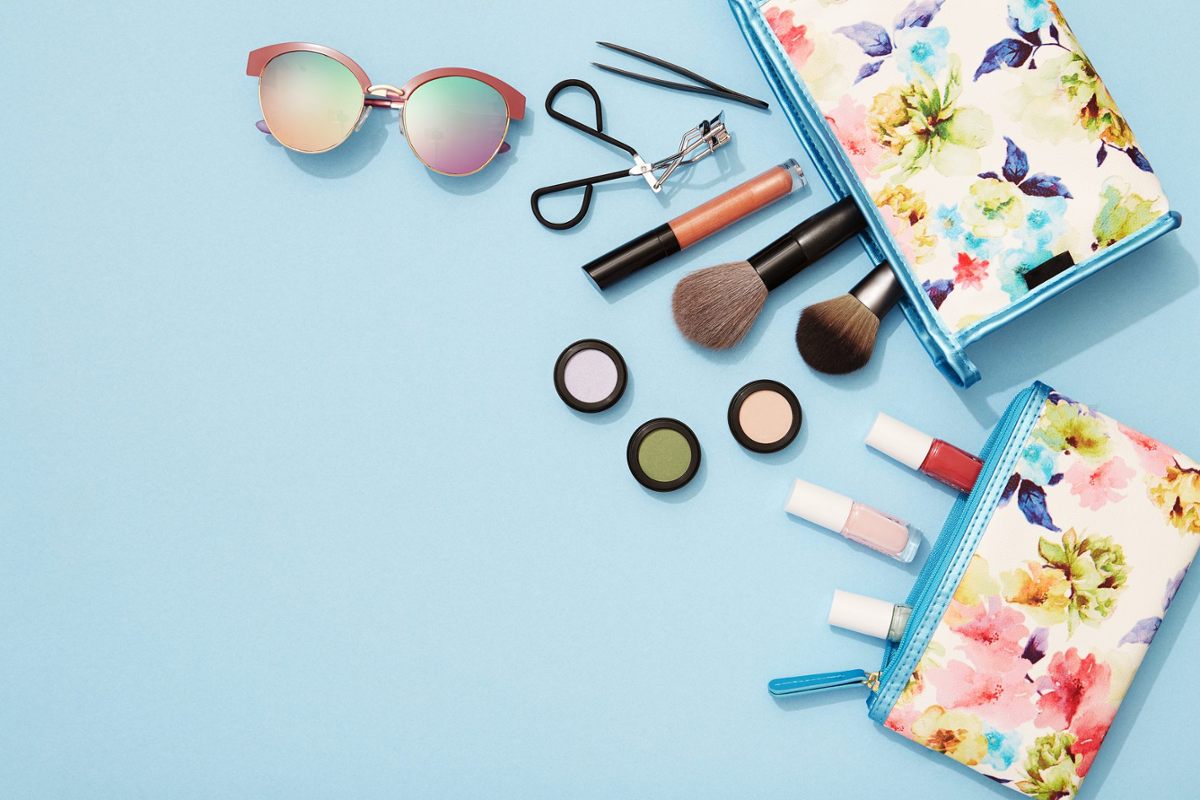The beauty industry is changing and venture capitalists are taking note.
According to a recent report by Nielsen, 96% of traditional beauty product retail channels (i.e. physical options) are controlled by the top 20 cosmetic manufacturers, but on the other hand, 86 % of e-commerce channels are controlled by companies outside the top 20.
This means that small ecommerce businesses dominate the landscape of direct-to-consumer sales and subscription services. And this year more than ever, venture capitalists are looking to follow the trend.
Just over three-quarters of 2018, US-based companies in the beauty industry have already raised a record amount of venture capital funding, reaching a total of $ 812 million and in cash, by PitchBook data. Last year’s total was around $ 634 million. The number of transactions is expected to be comparable to last year and almost peaked in 2014.
Here’s a closer look:
Of the 50 venture capital deals made for beauty companies so far this year, several have been for companies that sell makeup directly to consumers. Among them are More shiny, which grossed $ 52 million, and Cosmetics Mentees, which raised more than $ 3 million.
But it’s not all about makeup: other types of businesses in the personal care industry are also entering the financing boom. One of the biggest towers in space so far in 2018 has been $ 112 million in funding for Harry’s, which ships razors and shaving supplies to its customers. Him, a provider of wellness products including hair loss prevention kits, launched two rounds of funding in the first six months of the year. And perfume subscription service scented bird raised $ 18.6 million in May.
So why are venture capitalists flocking to beauty companies? This is in part because companies specializing in cosmetics and other personal care products are starting to use technology to sell their products.
Beyond the online platforms that brands are building for direct selling, they are profiting more than ever from social media. Glossier, for example, launched her makeup on Instagram even before she got her website. Glossier founder Emily Weiss told TechCrunch Disrupt last month that more than 70% of millennia buy beauty and fashion products through Instagram. YouTube is also a major platform for beauty brands. So far this year, more than a million beauty videos on average are viewed on the videos site every day, according to a BBC report. This is an increase from the averages of 800,000 per day last year and around 500,000 in 2016.
Another impetus for investors who support private beauty companies is to pay attention to what customers want. Consumers are increasingly drawn to personalized beauty products, including those that offer a variety of shades for a diverse clientele. At the beginning of last year, Shiseido bought MatchCo, a venture-funded startup that creates personalization software to help users find products that match their skin. Cosmetics Mentees specializes in makeup made for darker skin tones. And singer Rihanna is the founder of Fenty Beauty, which offers foundations designed to suit all skin tones.
Consumers are also increasingly interested in purchasing products from companies that focus on natural ingredients. NPD Group, a marketing research firm, found that the clean beauty market grew 10% last year, compared to 3.8% for the mass beauty industry. Many private companies cater to customers who want green and organic products. For example, Goop, which sells personal products through its website, trends towards natural brands aimed at improving wellness. And True Botanicals, which raised about $ 8 million in VC funding earlier this year, sells natural skin care products.
Regardless of the direction of a business, the opportunity for e-commerce businesses in the beauty industry is likely to continue to grow. According to statistics portal Statista, e-commerce sales accounted for only about 10% of all global retail sales in 2017, and this share is expected to grow steadily beyond 17% over the next few years.
Related reading: How VCs Are Embracing Next Generation Advertising

